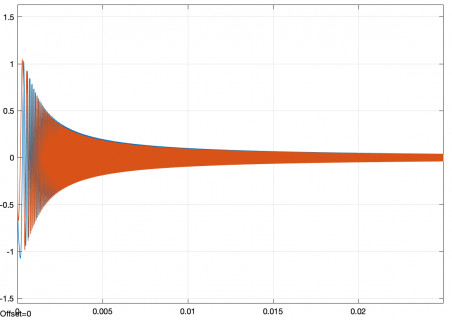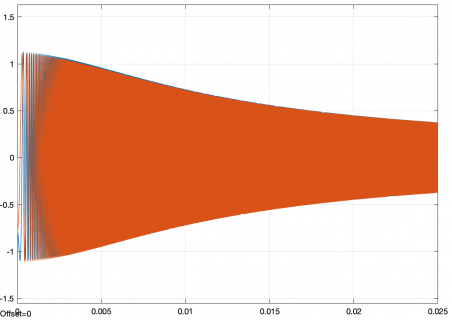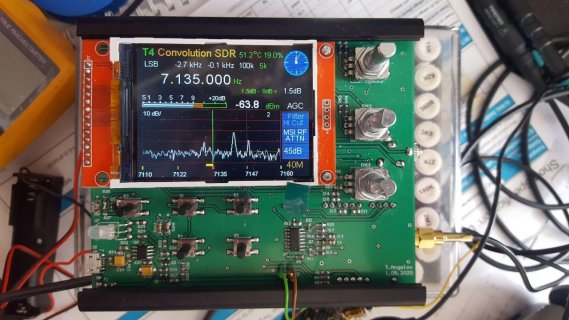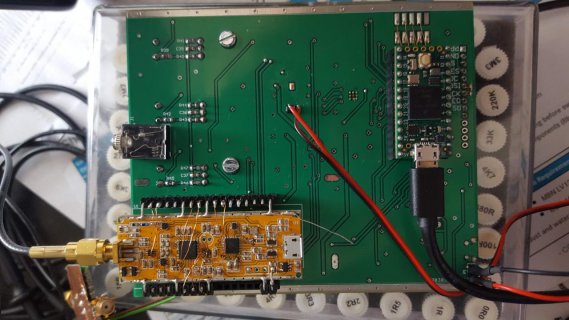DD4WH and Frank B,
thanks for your prompt reply and proactive comments. I had the correct Si5351 library loaded and xtal frequency selected. I worked a little longer on my setup, connected a proper antenna and got most AM broadband channels running, especially when using SAM demodulation. In fact, whatever AM or amateur band I select, I get some signals coming through which are clearly visible on the spectrum display. When I select WFM, however, I get nothing but loud white-noise and static. The spectrum display is blank. This is across the entire UKW band. Again, this is with the Elektor front-end. I've no idea. Maybe because I'm using a breadboard with jumper wires instead of properly soldering the components together ??
Thanks for any hints,
Les.
thanks for your prompt reply and proactive comments. I had the correct Si5351 library loaded and xtal frequency selected. I worked a little longer on my setup, connected a proper antenna and got most AM broadband channels running, especially when using SAM demodulation. In fact, whatever AM or amateur band I select, I get some signals coming through which are clearly visible on the spectrum display. When I select WFM, however, I get nothing but loud white-noise and static. The spectrum display is blank. This is across the entire UKW band. Again, this is with the Elektor front-end. I've no idea. Maybe because I'm using a breadboard with jumper wires instead of properly soldering the components together ??
Thanks for any hints,
Les.





